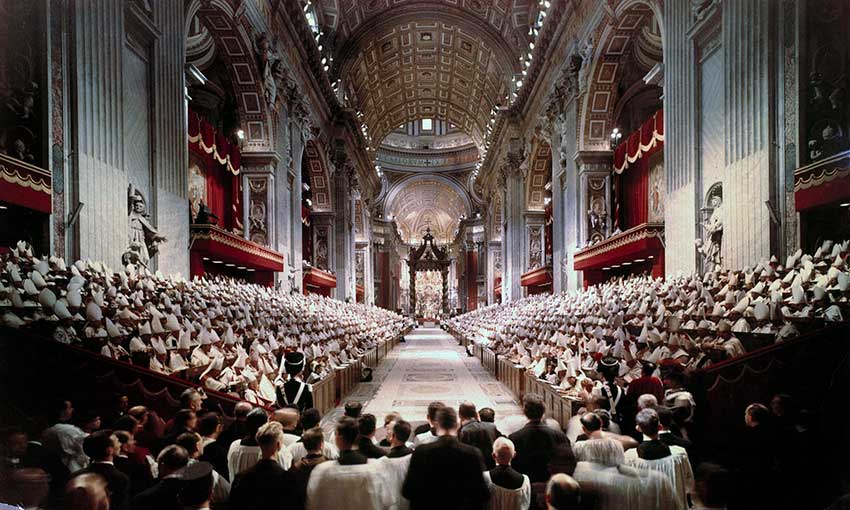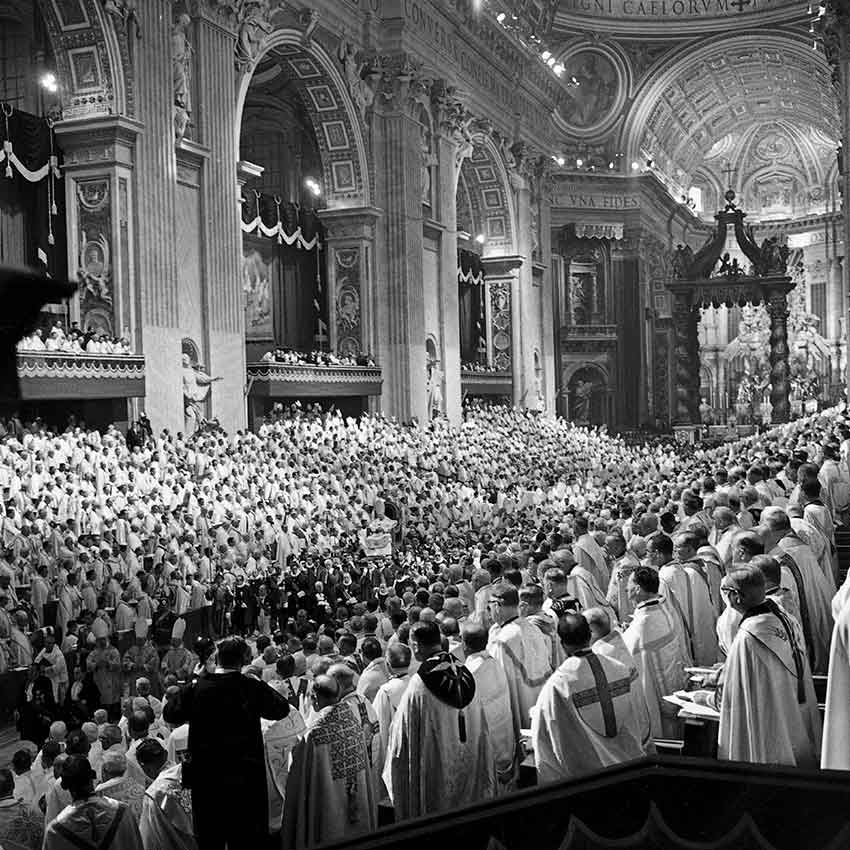
With the Plenary Council only seven months away, the Church in Australia looks to its future with recognition of the urgency of renewal. The Instrumentum Laboris or working document released this week underscores distinct dimensions of the Church’s life that cry out for renewal, if not conversion.
In studying the various papers and submissions as a member of the writing group, the call for change in the final document was particularly clear for our parishes and school systems, the spiritual renewal of clergy and families, the protection of life and religious freedom, reform of the practice of governance, and the reinvigoration of co-responsibility in service of the Church’s mission to evangelise, to name just a few.

Charting the future
Of course, the sexual abuse crisis and related failures in governance lend magnitude to this moment as decisions must be made, and will be made, that chart the course of the Church in Australia for some decades to come.
It is worth affirming that this sense of urgency and anticipation of the fifth Plenary Council in Australia stands in stark contrast to that which preceded the Second Vatican Council (1962-65). In a classic text on Vatican II, one Australian bishop is infamous for having taken six months to reply in six lines that he had almost nothing to suggest toward its agenda. Perhaps more striking is that in the preparations leading up to Vatican II sacramental themes were almost non-existent in the submissions of the Australian bishops to that ecumenical council, with no mention of Communion or Confession and only a few words given to Marriage (and the situation of ‘mixed marriages’ at that).

Living in a time of change
While it could be suggested that the relative silence on these matters reflected the confidence and stability of the Church prior to the Council, it is telling that Mass attendance was already in steep decline in Australia by the time the first session of the Council opened in St Peter’s Basilica in 1962.
In short, the waves of social, political and religious change that landed on Australian shores in that time did not wait for the theological pronouncements of an ecumenical council to make their presence and impact known. In a practical sense, the past decades have seen the parishes and many faith communities, dioceses and agencies of the Church impacted by these wider cultural changes and grappling for responses that will bear good and lasting fruit. The impending Plenary Council will take place more than a half century since Vatican II, and the Instrumentum Laboris just released makes plain that blissful ignorance of the facts, as challenging as those facts may be, will not do.

Realities must be faced
The hard realities for the Church, for each of us, are there to read – the voices of disagreement, disillusionment and anger; recognition of the dramatic increase in the number of Australians who profess no adherence to any creed; and the reality of those conflicted by what the Church proposes in its teaching and disciplines, and what they think their conscious or experience is telling them.
There is a call to examine the identity, mission and evangelising capacity of Catholic education. The present crisis in marriage calls for a response marked by conviction rather than consensus. The need to learn from those who have been abused, and to strengthen the Church’s role as a champion for the safety of children and the vulnerable is explicit. Additionally, a culture of appraisal and review at all levels of the Church is advanced, a reminder that we are all accountable to an end or mission greater than ourselves.

Thousands of voices
There is also in the responses to the Council a deep love for the Gospel and the Church, and a desire that these sufferings and opportunities are met so we can be present in society in such a way that the abiding of Christ is seen and known in the Church’s everyday life and works.
The Instrumentum Laboris represents the distillation of thousands of voices shared over these past three years, integrates the pastoral reality of the Church in Australia via research, and engages the wider tradition of the Church as a resource for faithful discipleship to Jesus now and into the future. It captures in a unique and perhaps even historic way the situation and atmosphere of the Church in Australia at this moment in all of its light and shadow.
A response is necessary
The deliberations that the Instrumentum Laboris will provoke will demand of us all a commitment to the humility of prayer and the active discernment and interpretation of these mixed realities in the light of the Gospel. It also demands on the part of each of us the work of personal conversion, a move from an ethic of self-preservation to the embrace of that genuinely missionary option to which Christ calls each of us as members of His body, renewing the Church by reaching the world as it really is in Him.
Related
